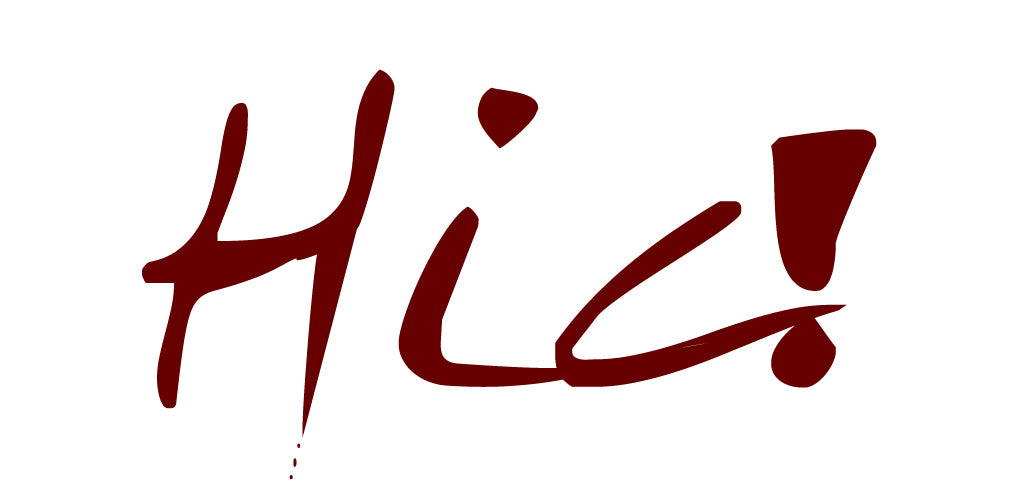Italy | Chianti

Situated in the region of Tuscany in central Italy, Chianti - based on the Sangiovese grape - is arguably Italy's most famous red wine. The winemaking zone of Chianti is located between the cities of Florence (to the north) and Siena (to the south) and stretches into the provinces of Arezzo, Pisa, Pistoia and Prato. Chianti was established as a DOC in 1967 and then the region was promoted to DOCG - the highest level of Italian wine classification - in 1984. However, the guidelines for its production date back to 1716 when the Grand Duke Cosimo Medici III officially demarcated the first Chianti wine zone, making Chianti the first ever appellation in history.
The best, basic Chianti wines, are full of juicy cherry, raspberry and plummy fruit flavours alongside savoury notes, wild herbs, spices and well-structured tannins. The Chianti DOCG comprises seven sub-appellations covering the areas surrounding Chianti Classico. These are Colli Aretini, Colli Fiorentini, Colline Pisane, Colli Sensi, Montalbano, Montespertoli and Rufina, which is generally considered as the finest.
The regions most highly regarded wines come from Chianti Classico, which was established as a subzone of the Chianti DOC in 1967 and was awarded a separate DOCG status in 1996. As in other Italian regions, the Chianti Classico designation roughly corresponds to the original (and so theoretically the best) area of production in the Chianti hills as set out by the Grand Duke Cosimo Medici III in the early 1700s. The Gallo Nero, or Black Rooster, is the historic symbol of Chianti wines and the trademark seal for Chianti Classico wines.
Starting from the 2010 vintage the Chianti Classico Gran Selezione category was created as the highest quality level in the region. It was initially designed to get the same reputation of the 'Super Tuscans'. Grapes for these wines must be estate grown and the wine aged for at least 30 months, three of which must be in bottle. It must also be approved by a special tasting panel of the Consorzio Vino Chianti Classico.
Historically, Chianti was required to have a small proportion of white grapes in its blend, usually from Malvasia or Trebbiano; however, since 2006 the use of white grapes has been prohibited. Since 1996, Chianti wines must contain a minimum of 70 percent Sangiovese. This rises to 80 percent for Chianti Classico DOCG and above. The native grape varieties of Canaiolo and Colorino are also permitted in the final blend, as are the international varieties of Cabernet Sauvignon, Merlot and Syrah. The 1996 rule changes allowed wine producers to release pure Sangiovese Chianti wines, focusing on the flagship Tuscan grape variety.
Whilst not without controversy, the recent changes in regulations have led to an increase in pride and confidence of the Chianti brand and many producers are now beginning to return their flagship wines to Chianti Classico or Gran Selezione status, rather than a simple Toscana IGT red wine. As such, Chianti in the 21st century is now a source of truly world-class wines and has finally managed to shed its long-associated image of mediocre quaffing wine presented in fiaschi (the squat, straw-covered bottles).
From£18.50
From£21.00
From£32.00
From£34.00
From£22.00




















